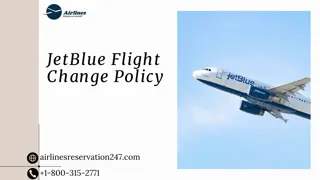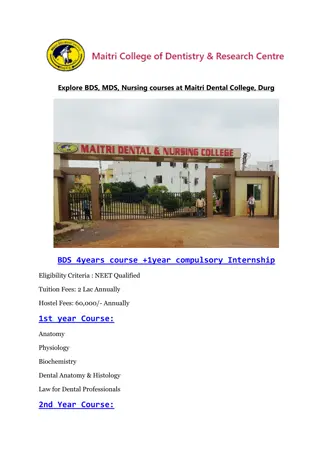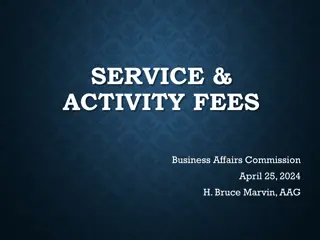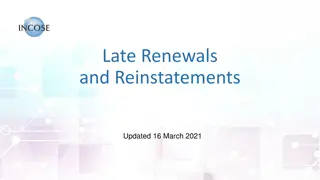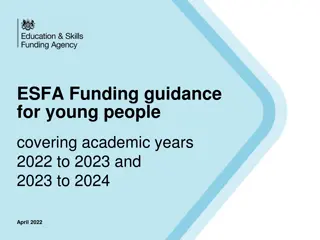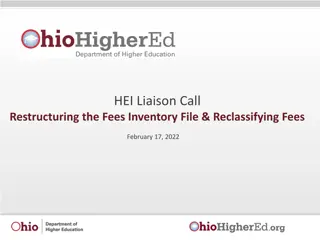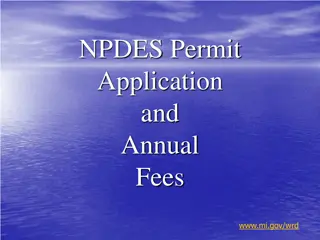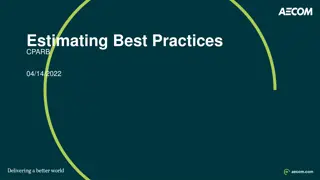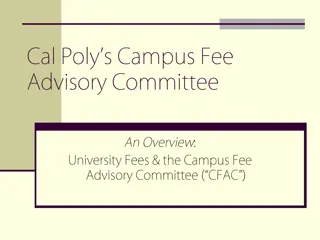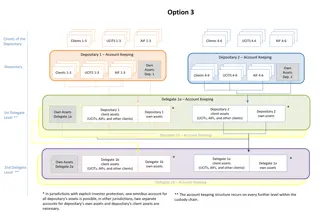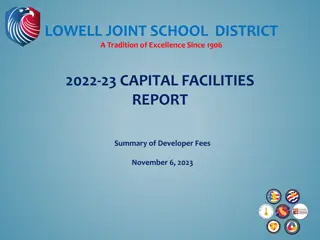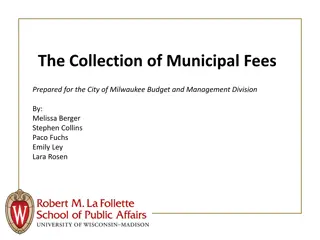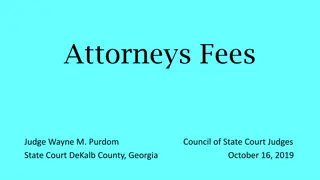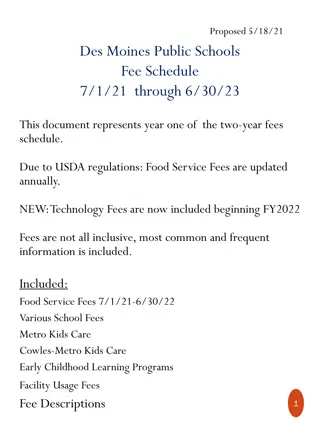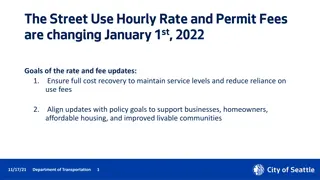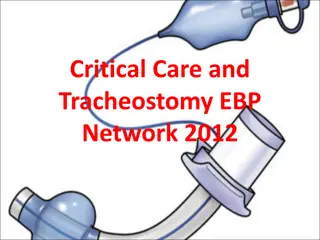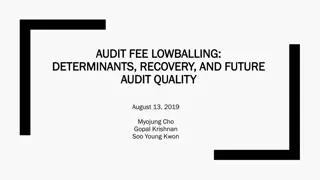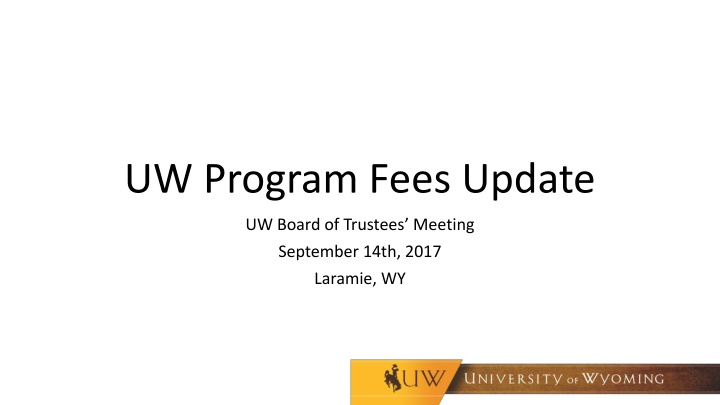
UW Program Fees Update and Proposal Details
"Discover the reasons behind UW's program fees update, including covering existing and proposed fees, maintaining academic standards, and enhancing student success. Explore the elements of the proposed program fees, such as advising fees and career services, across various colleges. Get insights into the summer 2017 work focusing on improving program quality and student resources."
Download Presentation

Please find below an Image/Link to download the presentation.
The content on the website is provided AS IS for your information and personal use only. It may not be sold, licensed, or shared on other websites without obtaining consent from the author. If you encounter any issues during the download, it is possible that the publisher has removed the file from their server.
You are allowed to download the files provided on this website for personal or commercial use, subject to the condition that they are used lawfully. All files are the property of their respective owners.
The content on the website is provided AS IS for your information and personal use only. It may not be sold, licensed, or shared on other websites without obtaining consent from the author.
E N D
Presentation Transcript
UW Program Fees Update UW Board of Trustees Meeting September 14th, 2017 Laramie, WY
WHYPROGRAMFEES? To Simplify Cover the revenues from over 140 existing college program and course fees in Section IV of the Fee Book. Cover proposed 40 additional course fees introduced at March 2016 Board meeting. Note: Board suggests considering an alternative way to assess fees such as a program fee model. Cover existing revenues generated by ghost fees unofficial fees levied on an ad-hoc basis in some programs to cover material, travel or other support costs. Programs expansion or extensive enhancements not considered - e.g. fees do not cover new labs or significant increases to program resources or travel.
WHYPROGRAMFEES? The fairest means to maintain academic standards while striving to ensure student success: Reflect fact that costs of programs differ user-pay principle. Avoid implicit subsidy of flat tuition. Tuitions from lower cost programs implicitly subsidize higher cost ones when university revenues are flat. Value of benefits from programs after graduation differ. Allow students to avoid higher cost program costs if they wish to. Program fees do not discriminate between residents and non-residents. Avoids undermining out-of-state tuition competitiveness. UW 187% UW 271%
SUMMER2017WORK New approach to the program fee proposal, as opposed to modifying previous ones. Focus on two objectives: 1. Recognize and cover all existing program costs (including ghost fees ) to provide and maintain program quality. 2. Enhancing value to students by improving resources for university student success, retention, graduation rate, and improving career success skills.
ELEMENTS Enhancing value to students: Each program fee includes a common advising fee of $6/credit hour. This fee was assigned equitably across all students to support necessary resources to implement a new professional advising program/model expansion in success service efforts on campus improvements in career exploration, planning, development, and placement services. Broader career options/support/placement services including internships. Create student success resources that exist in aspirational and many near- peer schools but not at UW.
PROPOSEDPROGRAMFEES Engineering: Business: A&S: Agriculture: Education: ENR/Haub: Health Science $31/credit hour $26/credit hour $9-$31/credit hour $21/credit hour $28/credit hour $26/credit hour $12-$27/credit hour All classes in these colleges/schools will be assessed fees based on undergrad (under 5000) course code and the college the department is in.
PROPOSEDPROGRAMFEES Figure 1: Proposed Program Fees, Summer 2017 $35 $31 $31 $30 $28 Total Prgram Fee (Advising + Program Fee) $27 $26 $26 $25 $21 $20 $25 $25 $22 $21 $20 $20 $15 $12 $15 $9 $10 $6 $3 $5 $6 $6 $6 $6 $6 $6 $6 $6 $6 $0 Arts and Science (non-Sci-Q) A&S Science and Agriculture Sci-Q A&S Visual and Performing Arts (VPA) Business Education Engineering Haub School of ENR Health Sciences Tier 1 (Social Work, WIND) Health Sciences Tier 2 (K&H, Comm. Dis., Nursing) Advising Fee ($6.00) Program Fee
PROPOSEDSTUDENTSERVICES The new program fees not only support instruction costs, they will also support retention, graduation and employment preparation. 1) Advising System Reboot Expansion in consistent, reliably-available, year-round advising with centrally-trained and certified advisors who develop intentional, relational contact with students 2) Expansion of student success resources STEP, Math and Communication, tutoring, supplemental instruction, other success services resources. 3) Expanded Career preparation Coordinated services to ensure job-ready on Day 1 post graduation. Internship outreach and coordination
NEWADVISINGMODEL Advising = only activity for on-going, one-to-one interaction with all students. Research on student retention suggests best practices to tap this opportunity: More professional advisors and faculty mentors: trained in curricular and transitional issues, career/post-graduation preparation, and assisting students overcome barriers and challenges. Holistic, collaborative and integratedmultidisciplinary process: provide access to support systems before students may even know they need them registration, degree planning, counseling, financial aid guidance, academic mentoring and tutoring, internship exploration, international experiences abroad, and career preparation. Constant collaboration between all parts of campus to identify students who are at risk of falling off track before they do and to provide guardrails to get back on track.
NEWADVISINGMODEL First-Year, Outreach, and Transfer advising done by highly trained professional advisors. Minimize errors that lead to increased time to graduation. Major and program advising done by highly trained college-based professionals. Faculty will be partners with advisors in selection of upper division courses, exploring internship options, promoting research opportunities, and planning for post- graduation career paths. Integrate advising with student success and career preparation to create a holistic approach to student success. Training available and cooperative advising model for interested Wyoming community college partners. Facilitate dual admission and ease paths for transfer students.
NEWADVISINGMODEL Universities that have adopted Integrated Planning and Advising for Student Success (IPASS) include many of our peer institutions. CSU, Georgia State, UNM, Montana State, CU, KU, NMSU, UNR, NDSU, SDSU, Oklahoma State, University of Rhode Island, Utah State, and the University of Utah, among many others, have adopted similar redesigns. First semester and second semester GPA, retention rates, and persistence found to be significantly higher when advising systems are reformed with integrated and proactive advising.
ESTIMATEDREVENUES Total Program fee revenue: $4.5 million Revenues to support academic programs: $3.2 million $1.8 million replaces existing fee revenues Covers $225,000 in course fee applications tabled in 2016 to consider program fees $1.2 million in new support revenues to cover inflation in current program costs since 2015 Replace ghost fees now charged on ad-hoc basis and not included in fee book. Advising, student success and career preparation support: $1.3 million Strategic plan: increase 1st 2nd year retention to 80% (currently 76%), increase 4 and 6-year graduation rates. New plan requires 20.5 new FTE in professional advisor/counseling support.
PROCESSESRULES Review of fees process Recommend annual evaluation at college, university and Trustee level. Student involvement in process. Assessment of fee goals and outcomes must occur and show success or fees eliminated. Uses of fees/prohibitions Only for use in student services, undergrad program support. Cannot be used for permanent faculty salary or research support.
NEXTSTEPS September-October 2017 Student and faculty comment ASUW presentation Online survey mechanism made available to students to comment on proposed fees October 2017: final report made available on proposed fees Student and faculty comment November 2017: Final proposal to Trustees


